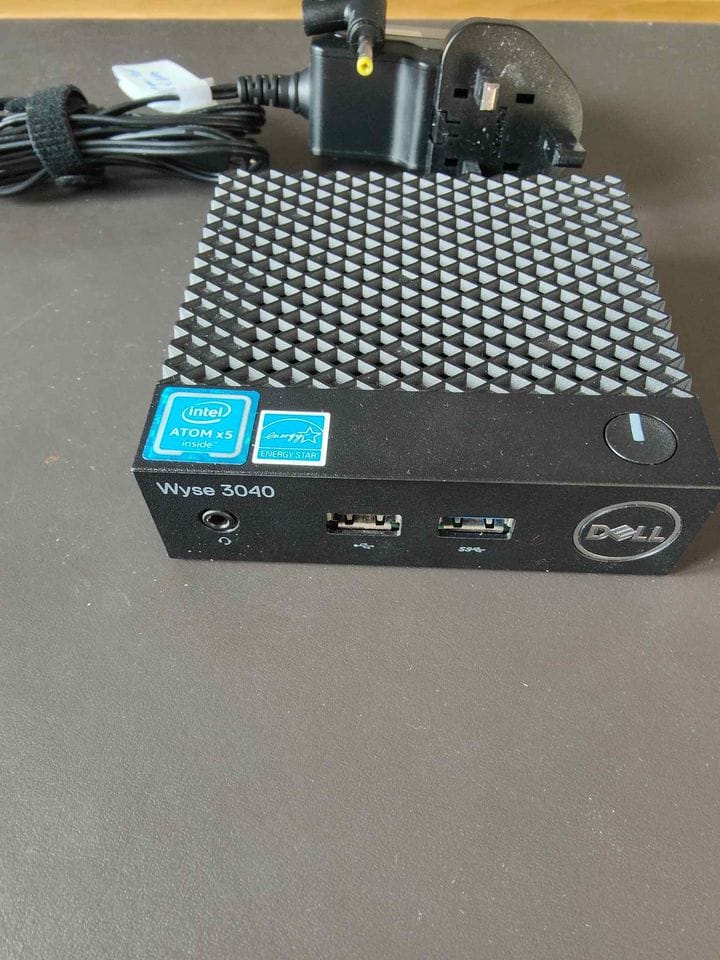AdGuard - It's game over for online adverts.

Towards the back of 2023 as the nights were drawing in I wanted to start tinkering with PCs and after some research with the help of the website Parky Towers I purchased some cheap thin clients off eBay and experimented with various Linux distros. After learning some basics in Ubuntu I wanted to see whether there was any software that would be beneficial and came across AdGuard Home for blocking adverts and tracking. It can be provided network-wide or on individual devices.
As the device would be on 24/7 it needed to be low power and I planned to keep it in the understairs cupboard out of the way. I looked at Raspberry PIs but the cost on the second-hand market had gone crazy so I settled for a Wyse 3040. These units are tiny and it cost me £19 including a power supply and shipping on eBay. Let's be honest here this little computer isn't going to break any performance records but it would easily run AdGuard Home.
WYSE 3040 Spec: The CPU is an Intel Cherry Trail x5 Z-8350, 1.44 GHz Quad Core with storage provided via an 8gb EMMC module soldered to the board (some have 16gb) and 2 GB of DDR3 soldered RAM. There is space for a wifi module internally but no further storage space. It is powered by a 5v barrel plug and connects via DisplayPort (this needs to be an active cable - I used a Benfei). It features two DisplayPorts, one USB 3.0 and three USB 2.0, an ethernet port and an audio jack. Currently, it is connected to the internet with a TP-Link WiFi dongle.

For the OS I managed to get Lubuntu and Xubuntu working from a Ventoy USB stick but in the end I went with DietPi which is very streamlined and lightweight and also stable as it is based on Debian. The installation was a breeze and DietPi has a software repository which makes it easy to add optimised software. You can use a desktop environment such as XFCE or run it headless. I opted to add the LXQT graphical environment, AdGuard Home for DNS sinkhole and ad blocking, Maria DB, Unbound DNS resolver and the DietPi Dashboard so I could log in and monitor it from any PC on my network.
Once installed with the help of DietPi I set up an IP address for AdGuard Home and I was ready to start using it. I have it configured on Port 3000 and used guidance from NetworkChuck and Reddit for adding filters and changing settings. Rather than set up the router to use it for the whole network I opted to use it on individual devices and it does exactly as it should, no more annoying adverts on websites (although it cannot block YouTube ads I am afraid!). You can also prevent younger family members from accessing certain websites. An alternative which can be looked into which provides the same function is PiHole which I did try but I preferred AdGuard which I found more polished and easier to use.
So after tinkering with thin clients I started looking at storage for my photos and videos as they were spread all over the place on various external drives. The best thing would be to have them all in one place so my next project was to look at a home server.



Comments ()